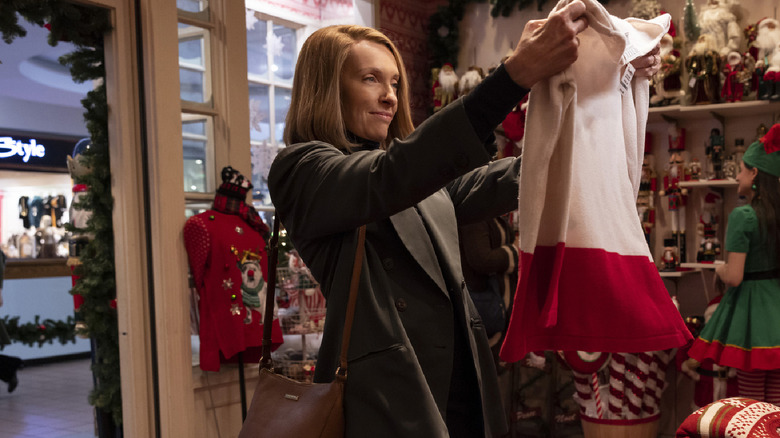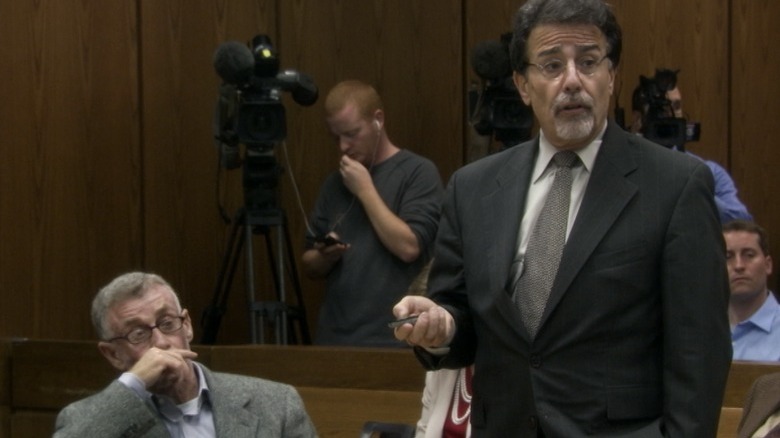The Staircase: What Actually Happened To Kathleen Peterson?
True crime documentaries and dramas have grown popular in recent years. Particularly, the 2001 murder of Nortel executive Kathleen Peterson has spawned two distinct projects. The first was a 2004 documentary series by Jean-Xavier de Lestrade for French broadcaster Canal+. Inspired by this series, Antonio Campos created an 8-episode dramatic adaptation that aired on Max, starring Toni Collette and Colin Firth as the Petersons. The public became aware of the complex story when Michael Peterson called 911 on December 9, 2001, reporting that Kathleen had fallen down the stairs. But when police arrived, the scene didn't match his story. Kathleen subsequently died from her injuries, and Michael was charged with her murder. Suspicion was heightened by the fact that his previous wife, Elizabeth, had died under similar circumstances in 1985.
Prosecutors claimed Michael killed Kathleen after she learned that he was bisexual and discovered approximately 2000 photos of naked men on his computer, along with emails between Michael and a male escort he had met previously and was planning further meetings with. Michael maintained his innocence, saying his wife had accepted his sexuality. His attorneys also pointed out that the alleged murder weapon had no blood evidence or damage to it. Despite this, he was found guilty in October 2003 and sentenced to life in prison with no parole.
In 2008, an unexpected theory surfaced from the Petersons' neighbor, Larry Pollard. He suggested that possibly one or more large owls from the neighborhood may have attacked Kathleen, leading to her fatal fall.
The owl theory gathered credibility as time went on
While the Owl Theory may seem outlandish, the talons of a barred owl can grow to several inches long and could very well have caused the wounds on Kathleen Peterson's head. In 2018, Michael Peterson's main defense lawyer, David Rudolf, confirmed to Vulture that he knew of Larry Pollard's theory during Michael's first trial and saw some validity in it, but was legally prevented from presenting it in court
"In the closing argument, you're limited to evidence that's been presented at trial," Rudolf said. "When you step back and really start getting familiar with the fact that there have been literally scores if not hundreds of documented instances of owls attacking the heads of people... and you look at the wounds and you compare them with the talons of an owl, it starts having some real credibility." In 2009, the theory was lent further weight by the testimony of owl experts and the discovery of a feather and wood from a tree branch in Kathleen's hair.
In 2011, Michael's conviction was overturned when a judge found that Duane Deaver, a prosecution witness, had perjured himself on the stand. Then in 2017, Michael entered an Alford plea, a legal maneuver that acknowledges the prosecution's sufficient evidence for a conviction without an admission of guilt. Having already served more than the potential 86-week sentence under this plea, he was released and returned to Durham, North Carolina, although not to the house where Kathleen suffered her fatal fall.

